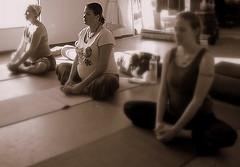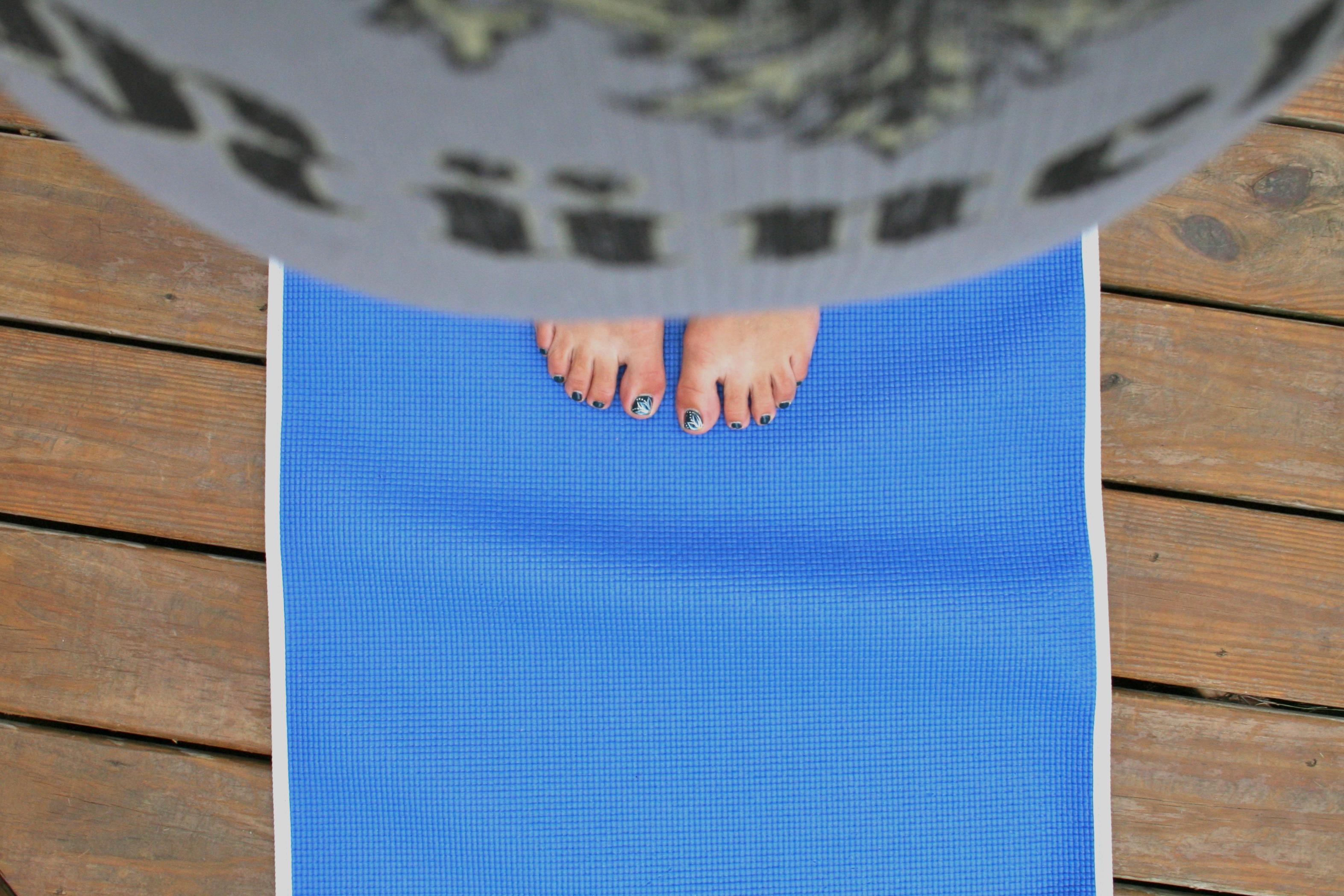Pregnancy is a transformative journey, both physically and emotionally, as expectant mothers prepare to welcome new life into the world. During this profound period, prioritizing health and well-being becomes paramount, not only for the mother but also for the developing baby. Prenatal yoga emerges as a gentle yet powerful practice that supports this journey, offering numerous benefits that extend beyond physical fitness. This article delves into the importance of prenatal yoga for pregnancy health, highlighting how it nurtures the body, mind, and spirit. Whether you are a seasoned yogi or new to the practice, understanding the unique advantages of prenatal yoga can empower you to embrace your pregnancy with confidence and serenity. Join us as we explore how this ancient discipline can enhance your prenatal experience, fostering a deep connection with your baby and promoting a healthier, more balanced pregnancy.
Understanding the Benefits of Prenatal Yoga for Expectant Mothers
Engaging in prenatal yoga offers expectant mothers a holistic approach to pregnancy health, supporting both the body and mind during this transformative journey. Physical benefits of prenatal yoga include improved flexibility and strength, which are crucial as the body adjusts to the growing baby. These gentle exercises also help alleviate common pregnancy discomforts, such as back pain and swelling.
Beyond physical wellness, prenatal yoga fosters emotional and mental health by encouraging relaxation and mindfulness. Techniques such as deep breathing and meditation cultivate a sense of calm, reducing anxiety and stress levels. This emotional resilience is invaluable, helping mothers-to-be navigate the challenges of pregnancy with greater ease.
- Improves sleep quality
- Boosts circulation
- Enhances bonding with the baby
| Benefit | Description |
|---|---|
| Flexibility | Prepares the body for childbirth |
| Breath Control | Helps manage labor pain |
| Stress Relief | Promotes emotional well-being |
Participating in prenatal yoga classes also provides a community support system, connecting mothers with others experiencing similar changes and challenges. This shared journey can create lasting friendships and a network of support, enhancing the overall pregnancy experience.

Creating a Safe and Supportive Environment for Your Yoga Practice
To foster a nurturing atmosphere for prenatal yoga, it’s crucial to prioritize both physical and emotional well-being. Ensure the space is serene and free from distractions. Consider soft lighting and calming scents to create a soothing ambiance. Keep a variety of supportive props like yoga blocks, bolsters, and cushions readily available to accommodate the changing body and promote comfort during practice.
- Hydration: Keep a water bottle nearby to stay hydrated throughout the session.
- Safety: Use non-slip mats to prevent falls and enhance stability.
- Comfort: Wear breathable, stretchy clothing that allows free movement.
Emotional support is equally vital. Encourage open communication with your instructor about any discomfort or concerns. Sharing experiences with fellow expectant mothers can also enhance the sense of community and support. Here’s a simple table highlighting key elements for a supportive environment:
| Element | Benefit |
|---|---|
| Calm Ambiance | Reduces stress and promotes relaxation |
| Supportive Props | Enhances comfort and stability |
| Open Communication | Addresses concerns and fosters trust |

Essential Prenatal Yoga Poses to Enhance Your Well-being
Prenatal yoga is an incredible way to nurture both body and mind during pregnancy. As you embark on this transformative journey, incorporating specific yoga poses can help alleviate common discomforts and foster a deeper connection with your growing baby. Here are some essential poses to consider:
- Cat-Cow Stretch (Marjaryasana-Bitilasana): This gentle flow between two poses helps to relieve back tension and improve spinal flexibility. Start on all fours, alternating between arching your back (Cow) and rounding it (Cat) while synchronizing with your breath.
- Bound Angle Pose (Baddha Konasana): Sitting with the soles of your feet together and knees gently opening to the sides can help open the hips and improve circulation. It’s a great pose to practice mindfulness and connect with your baby.
- Child’s Pose (Balasana): A restful posture that provides a gentle stretch to the back, hips, and thighs. This pose encourages relaxation and offers a moment of peace amidst the whirlwind of pregnancy changes.
To help you decide which poses might be most beneficial, here’s a quick overview:
| Pose | Benefits |
|---|---|
| Cat-Cow Stretch | Alleviates back pain, enhances flexibility |
| Bound Angle Pose | Opens hips, boosts circulation |
| Child’s Pose | Promotes relaxation, stretches back |

Listening to Your Body: Adapting Yoga Practices for Each Trimester
Embarking on the journey of pregnancy invites a profound connection with your body, and adapting your yoga practice to each trimester is an empowering way to nurture this bond. Understanding the unique needs of your body as it transforms can help in creating a yoga routine that promotes both physical and emotional well-being.
- First Trimester: Focus on gentle stretches and breathing techniques. Your body is adjusting to many hormonal changes, so it’s crucial to prioritize rest and avoid any positions that may cause discomfort.
- Second Trimester: Embrace more stability and strength-building postures. This is the time when you can engage in poses that support the growing belly, such as standing poses and gentle backbends, while still being cautious of overstretching.
- Third Trimester: Prioritize comfort and preparation for labor. Incorporate poses that open the hips and focus on relaxation, using props like bolsters and blocks to support your changing body.
| Trimester | Focus | Recommended Poses |
|---|---|---|
| First | Relaxation | Cat-Cow, Child’s Pose |
| Second | Stability | Warrior II, Triangle Pose |
| Third | Preparation | Butterfly, Squats |
Listening to your body is essential as you progress through each trimester. Modify poses as needed, and don’t hesitate to seek guidance from a certified prenatal yoga instructor who can provide personalized adjustments and support.








































